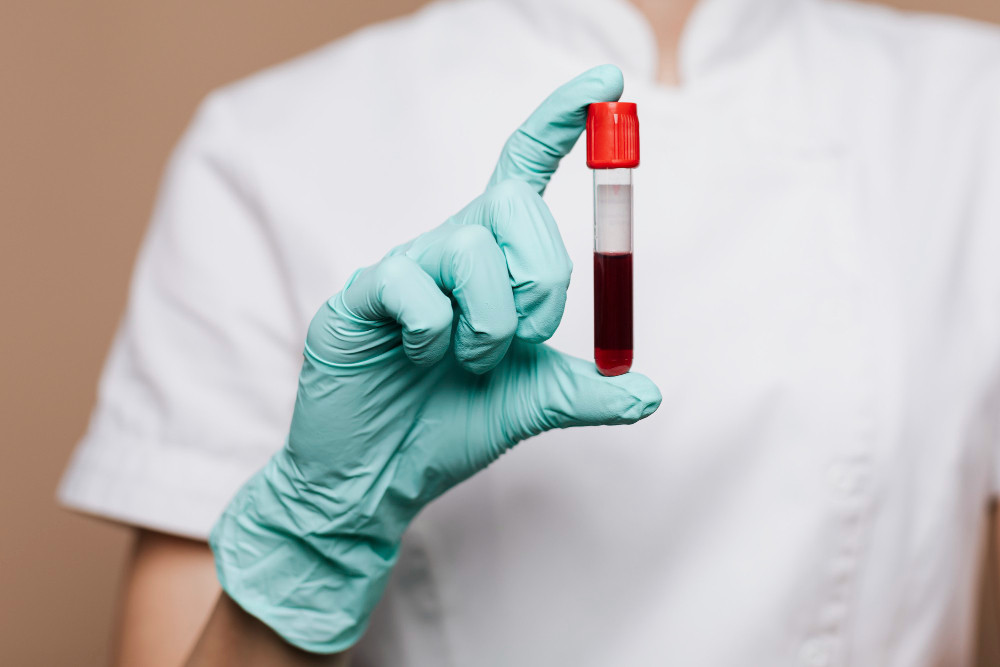Iron is an essential mineral needed for the production of red blood cells. Iron deficiency can cause pale skin, fatigue, and shortness of breath. But excess iron can also harm the body. What are the signs of iron overload (hemochromatosis)? Check out the following review.
What is Hemochromatosis?
To prevent iron overload, the intestinal tract reduces food and drink iron absorption in a normal body with enough iron storage. People with iron absorption problems absorb more iron than usual.
As a result, the body is unable to rapidly eliminate excess iron, leading to its continued accumulation. Excess iron is ultimately accumulated in organ tissues throughout the body, including the liver and pancreas. The medical term for this state of elevated iron levels within the body is hemochromatosis. A high level of iron in these organs has the potential to increase the risk of cancer.
Signs of Iron Overload
Some common symptoms of hemochromatosis include fatigue, abdominal pain, lethargy, weakness, joint pain, and decreased sexual desire.
In some people, gray discoloration of the skin can be seen due to iron accumulation. Other signs of iron depletion in women include irregular periods, decreased sexual desire and, in men, reduced testicular size.
To identify iron overload, the doctor will perform a physical examination of the abdominal area to check for swelling of the liver, which is common in people with hemochromatosis. The doctor will also recommend blood tests to determine the level of iron in the blood, as well as liver function tests.
The Dangers of Iron Overload
Iron overload is a condition that needs to be treated immediately. If not treated properly, some of the complications include:
- Cirrhosis
- Risk of liver cancer
- Congestive heart failure when iron builds up in the heart
- Arrhythmia
- Endocrine gland problems such as hypothyroidism and hypogonadism
- Arthritis, osteoarthritis, and osteoporosis
Some other complications include depression, kidney stones, and neurodegenerative diseases such as Alzheimer's disease, multiple sclerosis, and epilepsy.
Treatment for Iron Overload
Hemochromatosis is treated with phlebotomy, which involves taking blood regularly until the iron level is in the normal range. However, this method has side effects such as dizziness, weakness, and lethargy.
If phlebotomy is not effective, the doctor will prescribe medications to reduce the excess iron levels. For those with symptoms of iron overload, it is advisable to reduce their consumption of iron-containing foods and avoid using iron-containing cooking utensils.
Undiagnosed iron excess, or hemochromatosis, is frequently the result of the absence of specific symptoms. Before taking iron supplements, it is recommended to consult your doctor to prevent iron overload. Immediately seek medical attention if you notice any symptoms of iron accumulation.
Looking for more tips and tricks for health, first aid, and home remiedies? Click here!
Kahn, A. (2020). Hemochromatosis. Available from: https://www.healthline.com/health/hemochromatosis#
Yankes. Kemkes. 2022. Hemokromatosis. Available from: https://yankes.kemkes.go.id/view_artikel/92/hemokromatosis
Brazier, Y. (2020). Iron overload disorder: All you need to know. Available from: https://www.medicalnewstoday.com/articles/166455
Better Health. Hemochromatosis. https://www.betterhealth.vic.gov.au/health/conditionsandtreatments/haemochromatosis











